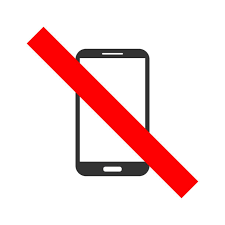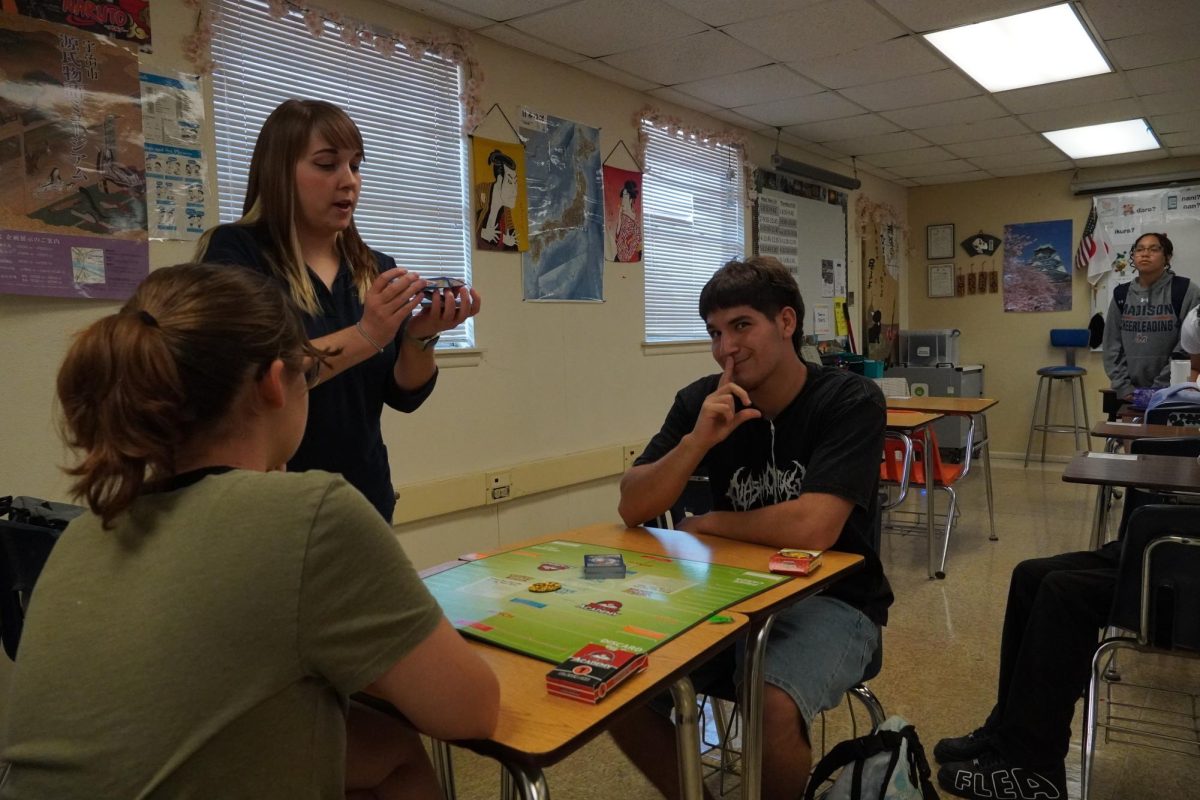Navigating New Legislation
Phones are banned in school, or at least, they have the potential to be. The decision to limit phone use during instructional time (House Bill 1481) has ignited a storm of debate among parents, teachers, and students. The law gives districts the ability to go all in with a total ban. However, while some schools welcome the stricter measures, while others, including NEISD, have chosen a middle ground: Phones are allowed at lunch and during passing periods, but not during instructional time.
If the state truly wants to relieve students’ dependence on phones, the best option is to keep the current policy, a middle ground.
A Case Against Extremes
A complete ban is not realistic. Storing thousands of phones every day raises real concerns about both property and security. If a phone gets lost, broken, or stolen, the school might be held accountable.
Families also worry about emergencies. Students being completely cut off can cause panic rather than promote focus. The argument is that there’s no reason students need their phone during an emergency, that it would only be a distraction. Although, it is far more important for students to have that peace of mind. And for many parents, that sense of security is non-negationable.
On the opposite side, no restrictions at all can be just as impractical. Phones are addictive, and the classroom is not immune. According to Principal Wernli, the average student receives over 100 messages per day. If a change is really needed, the best course of action is to ban phones during instruction time, and keep them during break times.
The Middle Ground
A limited-ban is best. It is the healthiest balance between both extremes. Phones stay tucked away during class so students can focus, but they remain accessible during lunch and passing periods. This model respects the reality of modern life without making the school such a restricted space.
For one, it avoids unnecessary conflicts. When students know they’ll have a chance to check their phones later, they’re less likely to sneak them out during lessons. Additionally, a less constrained environment will lessen student outbursts. So, instead of spending time policing phones, teachers can focus on teaching.
A Learning Environment
The Principle of Environmental Psychology, the idea that our surroundings influence how we behave. Just as a library signals “quiet study” and a sports field signals “competition,” classrooms should signal “focus.” Allowing phones in class undermines that signal, while banning them entirely sends the opposite message, that school is a place of punishment. The limited ban walks a fine line. Creating an environment where class time is respected, but students will not feel babysat.
Students need to learn how to manage phones responsibly. Total bans don’t teach them the skills they need to restrain themselves. Unlimited use, on the other hand, doesn’t set any boundaries. The limited-ban model encourages students to develop healthier habits by creating times for focus and times for connection.
A major point of debate is the simple fact that even the presence of a phone nearby face down can reduce concentration. From this perspective, compromise only waters down the solution.
Others argue that schools shouldn’t try to police phone use at all. If students choose to waste time in class, the responsibilities are theirs. With that, part of growing up is learning to self-regulate, and schools should not babysit.
These counterarguments raise valid points, but the limited-ban surpasses them in that schools are not just about individual freedom. They are about creating positive habits for students to carry on. A full ban may help with concentration, but it also risks alienating students and families who feel such strictness is unnecessary.
Striking a Balance
In the end, phones are here to stay. Some families will always want tighter restrictions, while others will insist on freedom. But many see the limited ban as the best compromise available; it preserves focus during instruction, respects personal property, reduces conflict, and acknowledges the reality that smartphones are part of modern life.
House Bill 1481 may have sparked heated debate, but that might be a good thing. It forces schools to ask a deeper question: not just how to control phones, but how to prepare students for a world where they will always exist.









